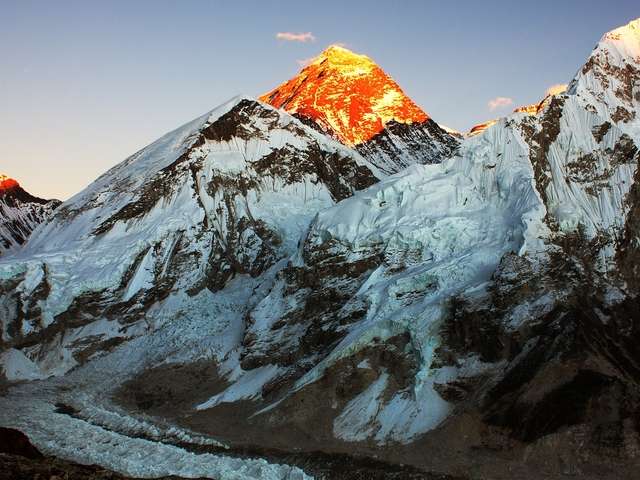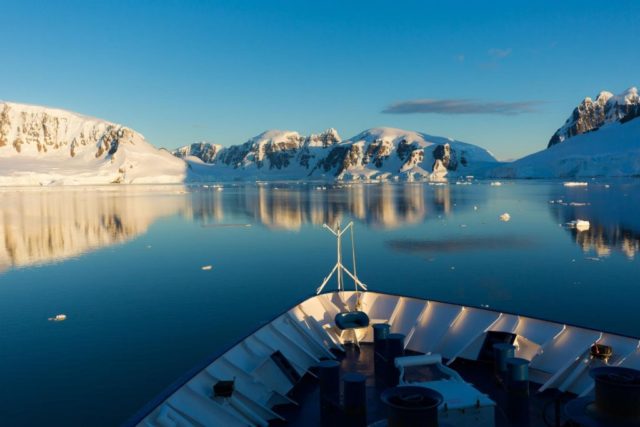
AdventureHero in partnership with Antarctica21 offers a unique Air-Cruise package that offers guests the opportunity to fly over the often turbulent waters of the Drake Passage directly to King George Island. Skipping several days of cruising across the passage saves time keeps costs lower and allows guests to see more of of Antarctica. Sounds amazing, right? Now, before you book your trip of a lifetime, let’s take a look at the different ships offered. Antarctica21 has three vessels; The newer Magellan Explorer, The modern and comfortable Ocean Nova, or the more compact Hebridean Sky. Here is a brief overview and then a more detailed look at each ship. *Both Built in 1992 (Dates are when the ship was refurbished) Magellan Explorer Built in Chile to start service in 2019, the Magellan Explorer is a new and agile 5-decker expedition vessel custom built up to the latest Polar Code specifications for our Antarctica Air-Cruise. The ship features stabilizers, bow and stern thrusters, an ice-detecting radar, and an energy-recovery system, making for the most comfortable, safe, and environmentally friendly journey. The 90.7 m long, 16.2 m wide ship can fit a maximum of 100 passengers and offers 7 categories of elegant and […]
The weather and climate of Mount Everest is one of extremes. Temperatures at the summit are never above freezing and during January temperatures can drop as low as -60° C (-76° F). Despite the low temperatures the biggest issue faced by climbers are hurricane force winds and wind chill. When the jet stream dips south during the winter hurricane force winds may develop reaching more than 285 km/h (177 mph). These winds relax in the month of May and most climbers try to attempt the peak during this short window.
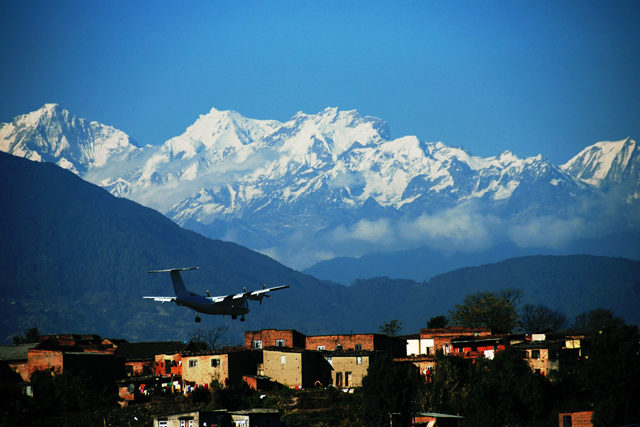
Wondering how to get the best deal on a flight to Nepal? Here are some suggestions based on where you might be coming from. You can save a lot if you have some flexibility and are willing to plan in advance. Even if you have some fixed dates you should still find some great tips in this article. If you have any questions about getting a cheap flight don’t hesitate to ask us.
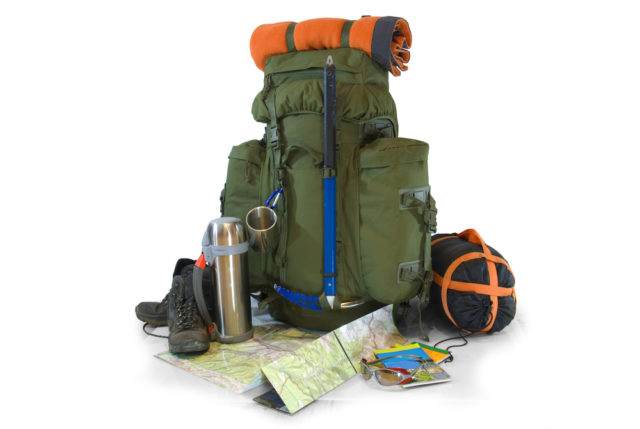
Kathmandu is a great place to buy camping equipment and outdoor wear if you are not looking for major name brands. The same down jacket that you might buy in the United States for $300 can easily be obtained for $50 in Nepal. In fact, I always wait until my next trip to Nepal to shop for these types of things. That said cheap knock-offs abound and the quality of the gear varies quite a bit from shop-to-shop. If you do buy a jacket that is labeled North Face or Patagonia it’s almost guaranteed to be fake unless you are buying it from the actual outlet in Kathmandu. For the best shopping experience forgot about the labels and focus on the quality of the actual product you are buying.
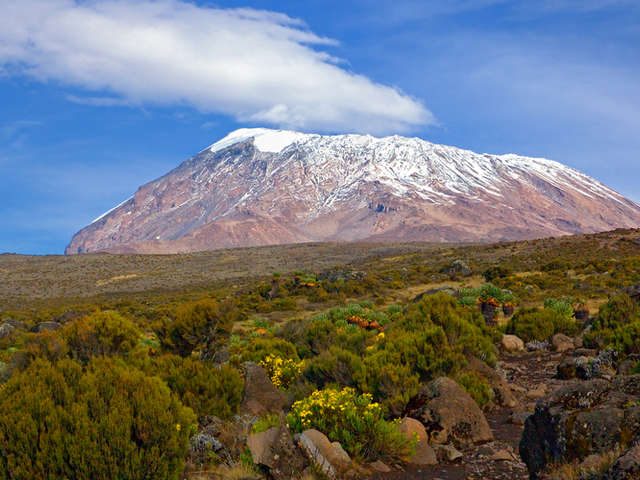
Are you planning a trek and trying to decide between either Everest Base Camp or Kilimanjaro? I have been to both and wanted to put together a bit of a comparison of the experience on each. This comparison looks specifically at the Kilimanjaro’s Marangu Route which is the quickest and also one of the most popular summit approaches. The other routes to Kilimanjaro’s summit take more time and give trekkers a better chance to acclimatize.
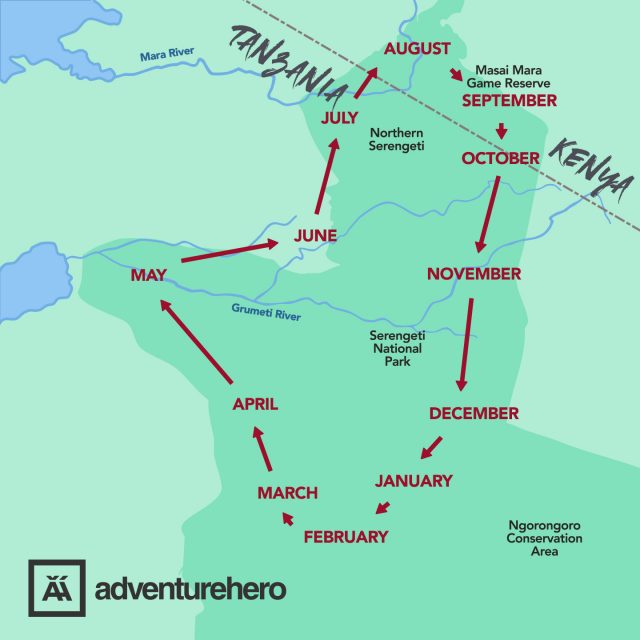
The Great Migration is one of the natural wonders of the world. The scale of the Migration is hard to imagine, each year over 2 million wildebeests follow the rains in a 1,800 mile (2,900 km) circle through Tanzania and Kenya. With these massive herds come fellow migrants. Zebra and antelope travel with the wildebeest herds seeking water and fresh grass, while lions, cheetahs, and other predators follow in the herds wake seeking an easy meal. The Migration represents a dynamic, flowing ecosystem at work as so many different animals move across the region. Witnessing the Great Migration is an incredible, unforgettable experience that draws people from all across the world to the Serengeti each year.
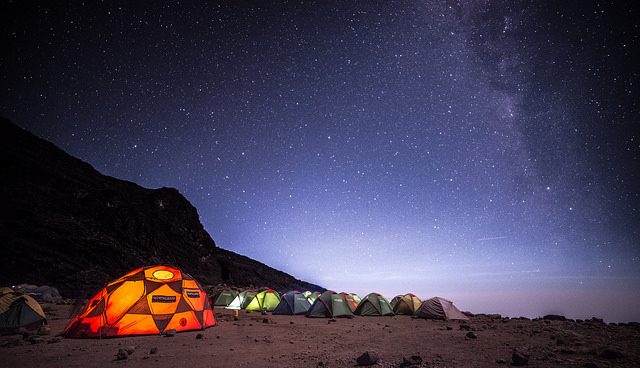
It’s possible to rent gear locally for climbing the mountain but it’s expensive and the quality is certainly poor for the money you will be spending. If you let us know in advance it’s possible we can provide some gear to you free of cost. However, the best bet is to bring your own gear (Complete list). On your first night in Moshi before starting the trek you will be introduced to your guide and he will review your equipment to make sure you are adequately prepared. Climbers heading to the mountain need to be properly equipped for rainy conditions on the way to the summit and freezing temperatures at the summit. Keep in mind that gear will generally be divided up while your hiking. The bulk of your gear will be carried by our porters in a duffel bag and you will carry a daypack with the essentials which include snacks, camera, headlamp, poncho, extra layers, sun protection, and water bottles. The following article describes the equipment needed in full detail. If you want to jump right to our Kilimanjaro packing list you can download as a Word doc or pdf. Base, Middle, and Outer Layers The principle of […]
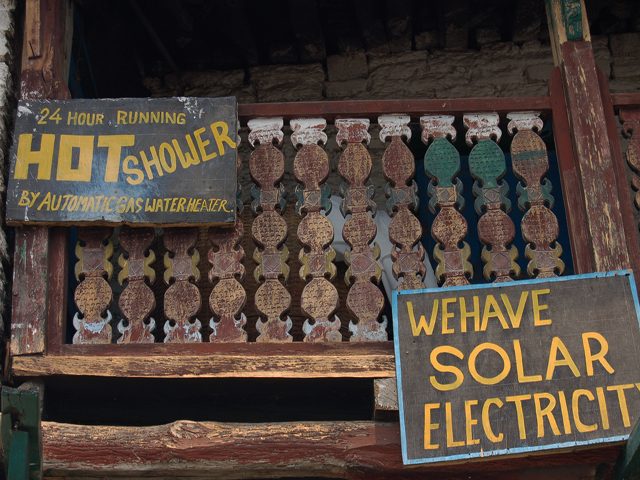
If you have not trekked in the Himalayas you may not be familiar with “Teahouse Trekking.” This is probably the most popular style of trekking and simply involves going from teahouse to teahouse. Teahouses are essentially small hotels found in local villages that offer both a place to sleep as well as home cooked meals. On routes with sufficient number of tea houses you don’t need to worry about brining a tent or carrying your own food. The actual quality of the teahouse varies quite a bit depending on the amount of foot traffic in the region, number of foreigners and competition. Teahouses in the Everest and Annapurna region are exceptionally nice and many boast of western style flush toilets, hot water showers, a selection of beverages including beer and a wide range of menu items. Teahouses along less popular trekking routes are usually more rudimentary and one might expect to sleep in a common room around a toasty stove after enjoying a meal of dhal bhatt (rice and lentils).
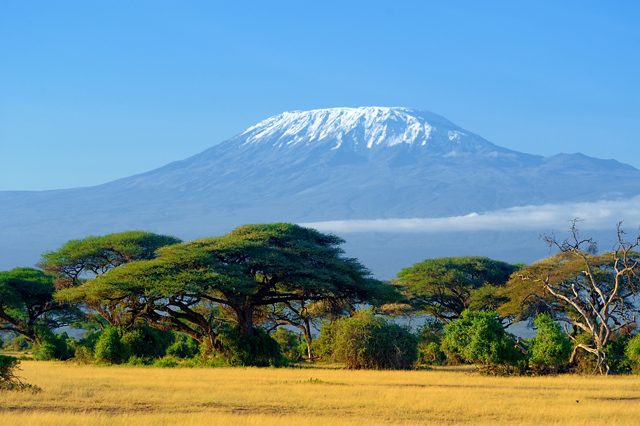
Tips are a big part of the culture in Tanzania and unlike some countries where tipping might be optional they are an expectation in Tanzania. Tips for each climber range between $250 and $400 depending on the route and are an extra cost that should be factored into your budget.

If you have not been on safari before choosing the right accommodation can be a bit difficult. There are basically three different levels of accommodation; Basic camping, tented camps (Mid range and luxury) and lodges. Here is a brief overview of what you might expect from each type.
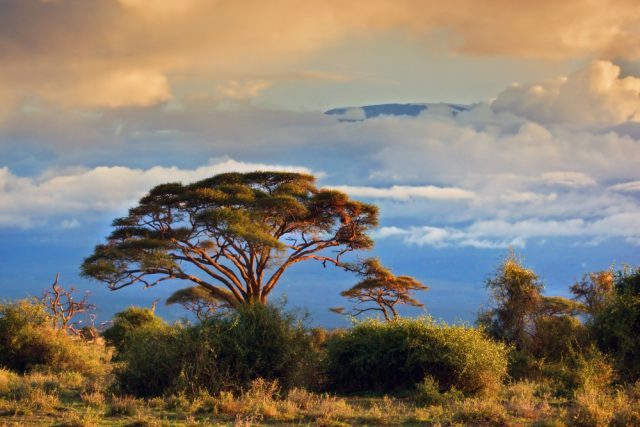
Mount Kilimanjaro, often called “the Roof of Africa”, is the tallest mountain on the continent, and at 5,895m, it is the tallest free-standing mountain on Earth. It has been a focus point for climbers from all over the world since it was first summited over 125 years ago. Depending on the route, climbers find that Kilimanjaro has almost every kind of ecological system somewhere on the mountain: cultivated land, rain forest, heath, moorland, alpine desert, and an arctic summit. Each route leads the climber through a different set of ecological wonders on the way to the Uhuru Peak.
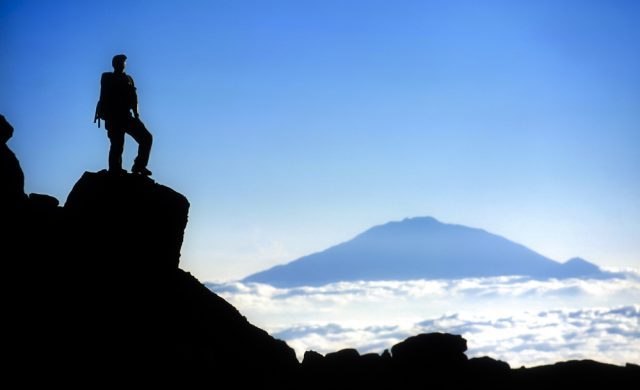
We lead hundreds of climbers of all ages and levels of fitness to Kilimanjaro each year. The two questions that nearly every climber asks before trying for Uhuru Peak are: “How hard is the climb, and how do I prepare?” Many people picture the climb up Kilimanjaro as something like a marathon up Africa’s tallest mountain, a physical challenge far beyond their ability. While the climb is tough, it is not nearly so bad as this. With the right attitude and good preparation, climbers young and old successfully reach the summit each year, and have a wonderful time along the way.

One of the most frequently asked questions that is asked about trekking in Patagonia is the style of accommodation on the trails, so we thought that we would break down exactly what to expect.
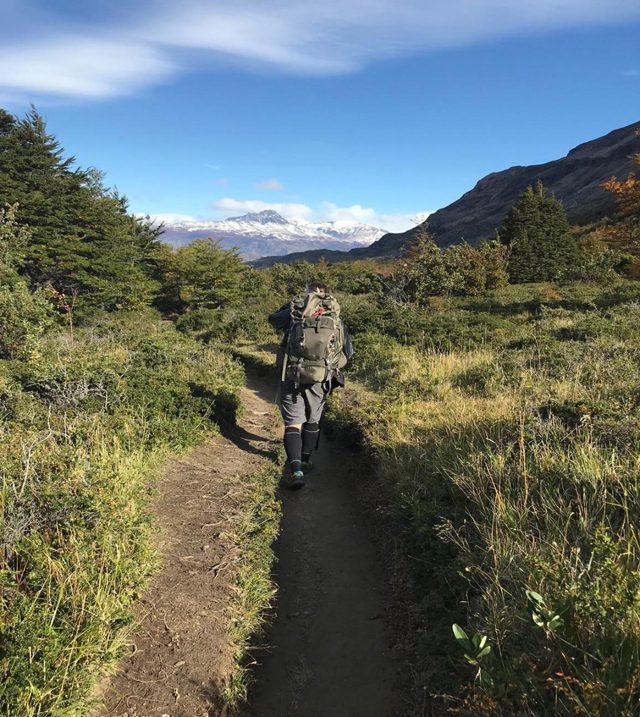
While trekking in Torres del Paine is not particularly strenuous, we do suggest you take some time to prepare yourself physically so that you have an enjoyable trek. A little preparation goes a long way. For the Classic W Trek, you will trek about 5 to 8 hours a day. For the O Circuit, you can count on trekking anywhere between 4 to 10 hours a day. Fortunately, Torres del Paine provides low altitude treks so there is no need to worry about altitude sickness. The trails are relatively flat, but can be steep in some areas.
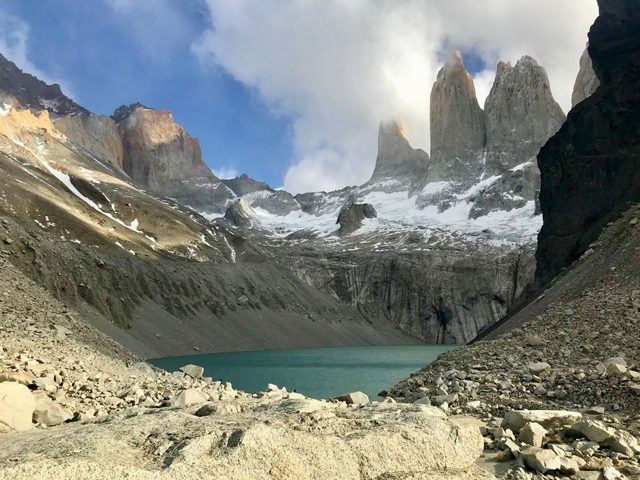
What should I pack? Did I pack too little? Did I pack too much? These are questions that swim through our heads while preparing for any trek and here is what you need to have in mind for trekking in Torres del Paine. It’s important that while you are packing for your trip, you remember that you will be the one carrying your own backpack. A 35 – 40 liter rucksack should provide you with the right amount of space to carry what you will need for the W trek and 40 – 45 liter for the O Circuit. Be careful not to over-pack, because lugging around a heavy backpack could make your Patagonian adventure a lot less enjoyable.

When trekking in Torres del Paine National Park you can choose to do both the O Circuit and the W Trek either with or without a guide. Unlike other famous trekking destinations, trekkers have the freedom to choose. When choosing between the guided and self-guided options we recommend thinking about what sort of experience you want to have on your trek.
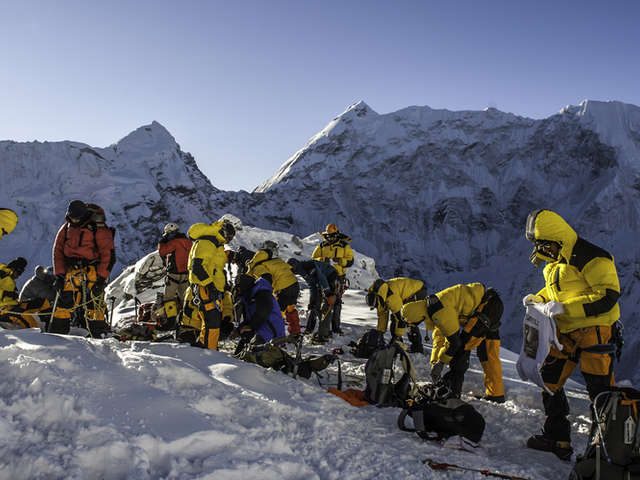
One of the major challenges facing trekkers heading to Everest Base Camp or any other high elevation trek in the Himalayas is dealing with the potential threat of High Altitude Sickness. The primary cause of High Altitude Sickness is a decrease in the amount of available oxygen with altitude. To ensure you have a safe trek it’s important to be aware of this potentially life threatening condition and its symptoms. Everyone is susceptible to High Altitude Sickness and it is just as likely in physically fit persons as those who are unfit. This article is worth a read even if you have been to high elevations before without symptoms. Cause of High Altitude SicknessThe primary cause of High Altitude Sickness is that amount of available oxygen in the atmosphere decreases with altitude. While the percentage of oxygen (21%) in the atmosphere remains constant the density of the atmosphere decreases so that the available oxygen when you take a breath becomes less. The decrease in density of the atmosphere is not linear and that density decreases more rapidly with increasing altitude so that the impact of going from 10,000 to 20,000 feet is not as significant as going from 20,000 to […]
We include two night hotel nights with every Everest Trek booking and are happy to arrange extra hotel nights for you in Kathmandu either before or after the trek. We normally use the Hotel Address which is centrally located in Thamel, the tourist district of Kathmandu. If the Address is not available on a given night we will book you at a different hotel of similar quality such as the Hotel Jampa.








